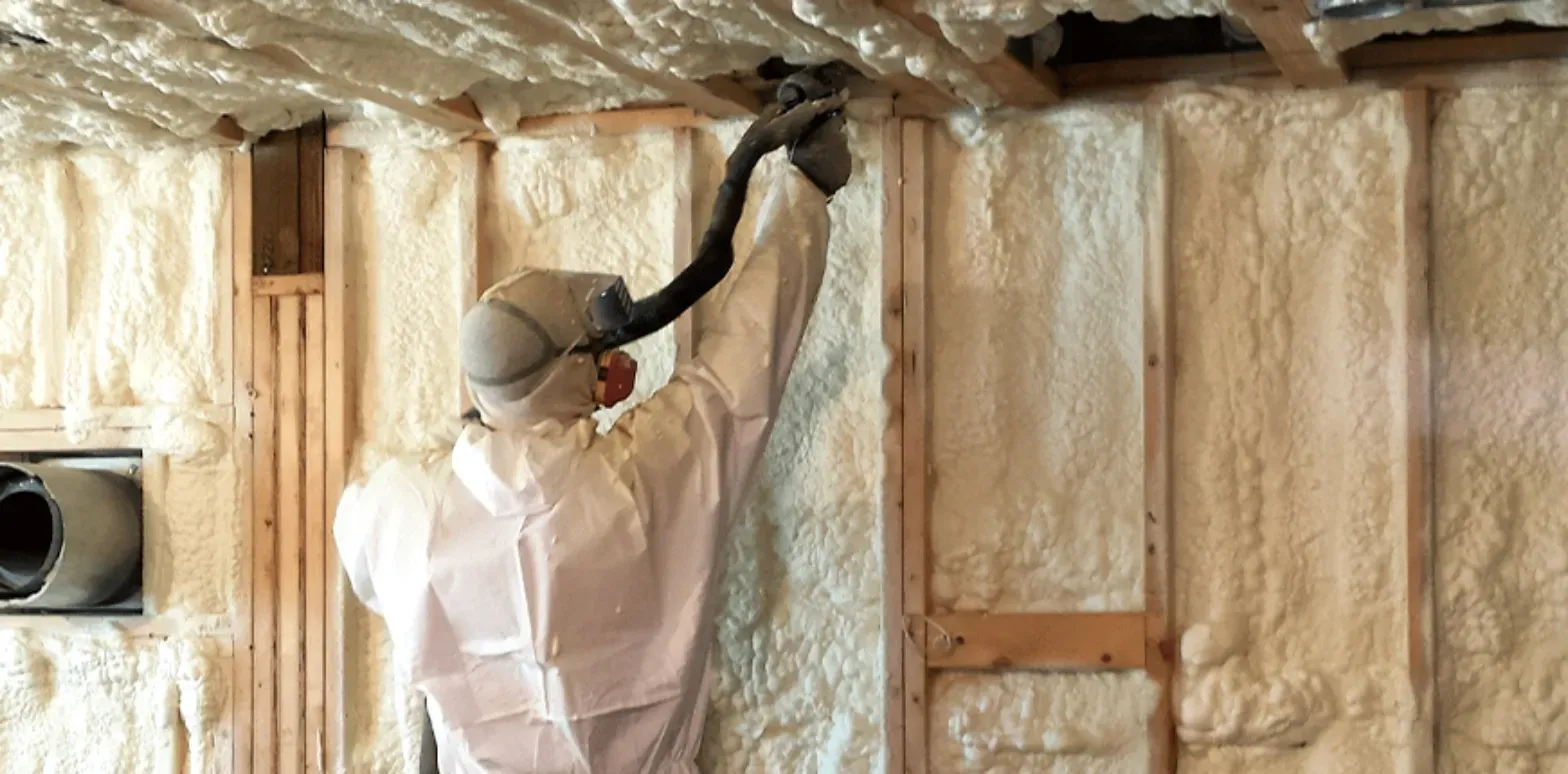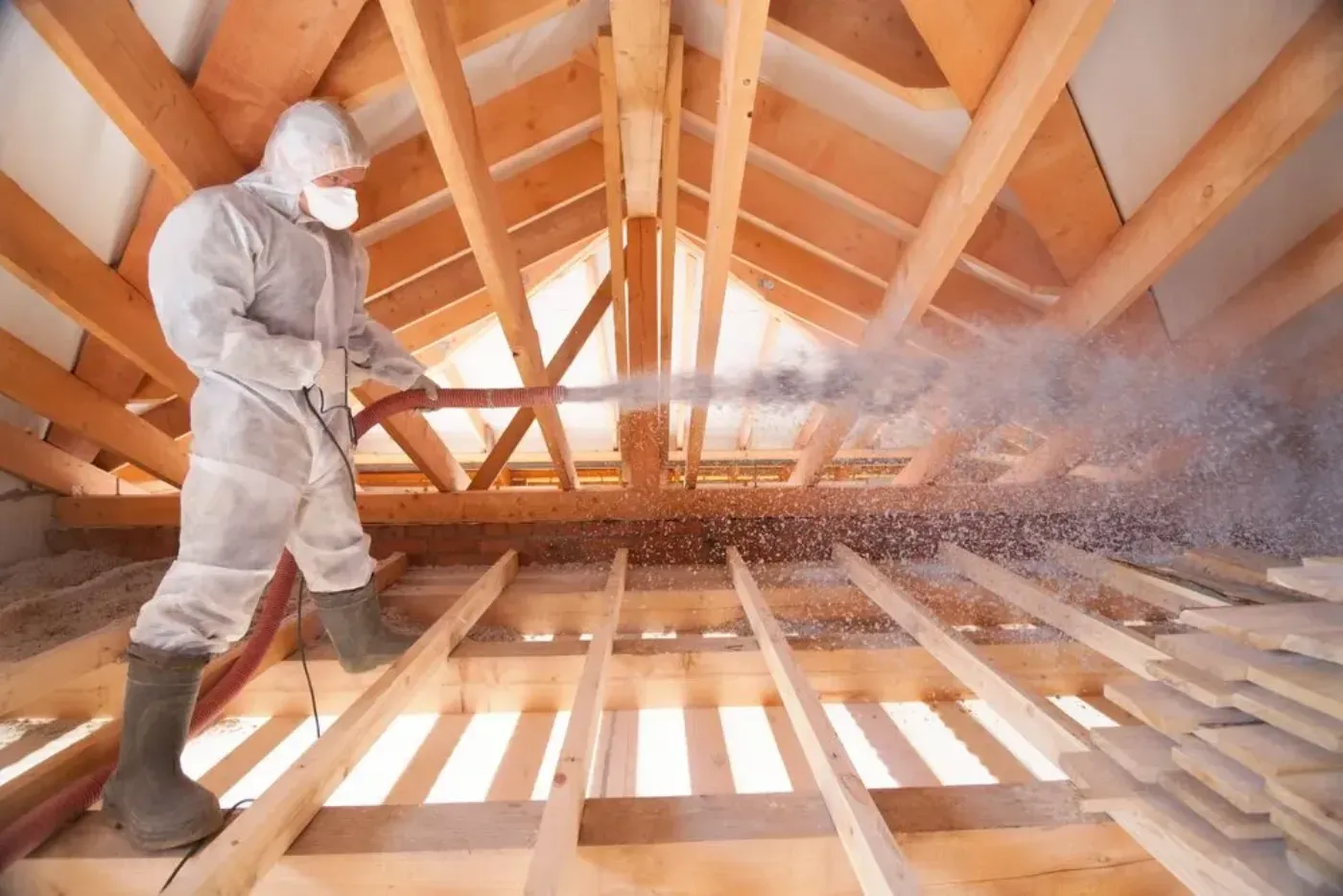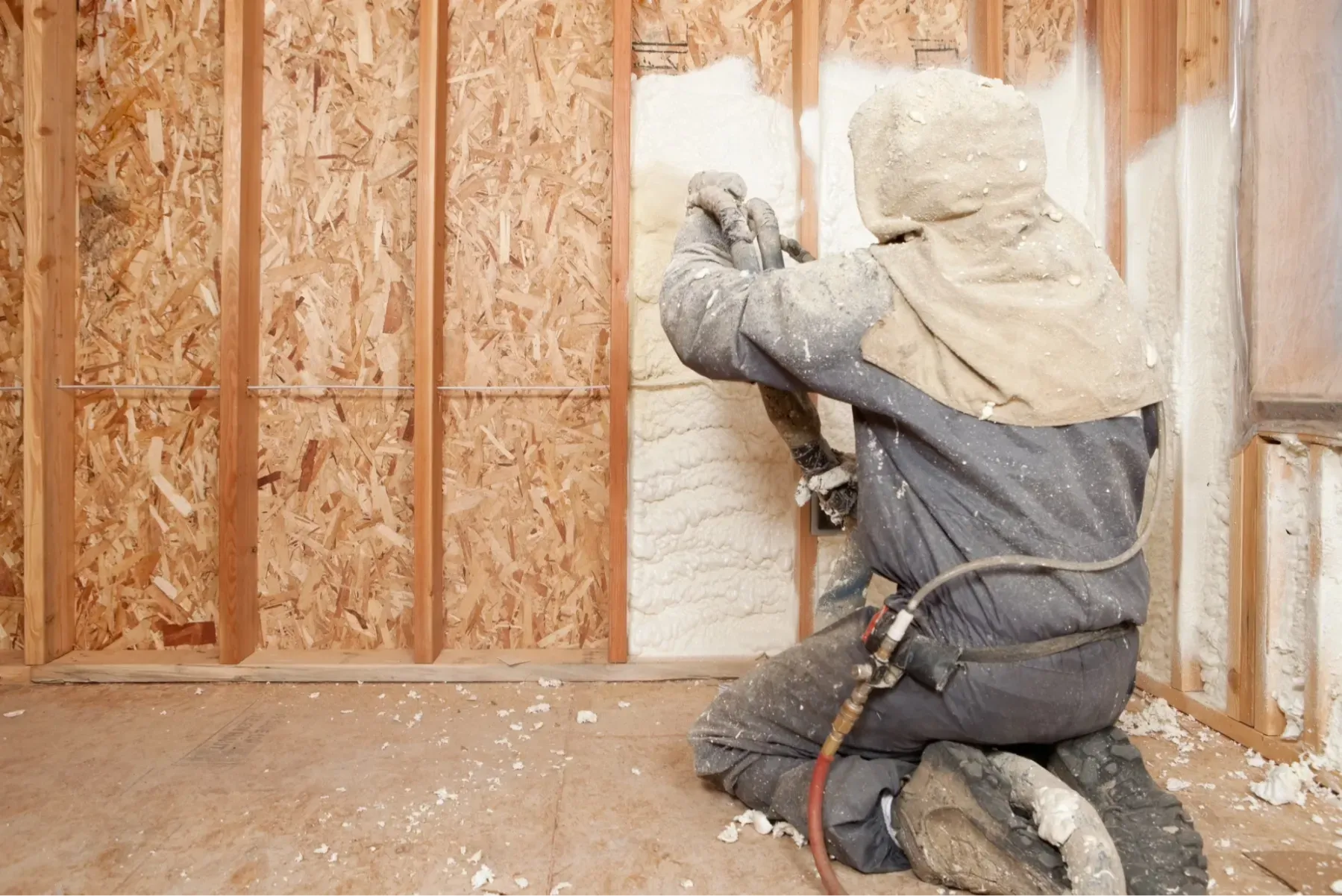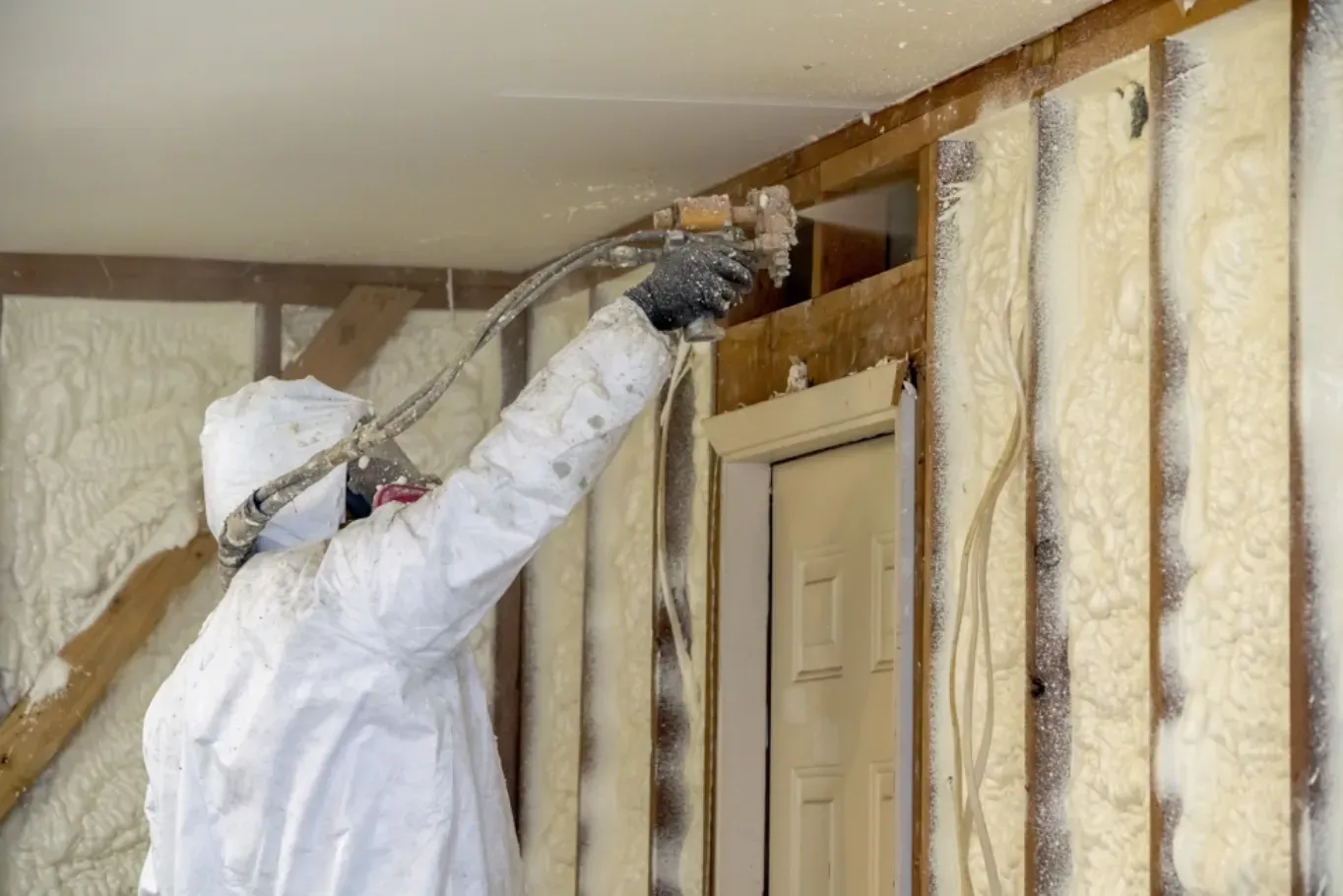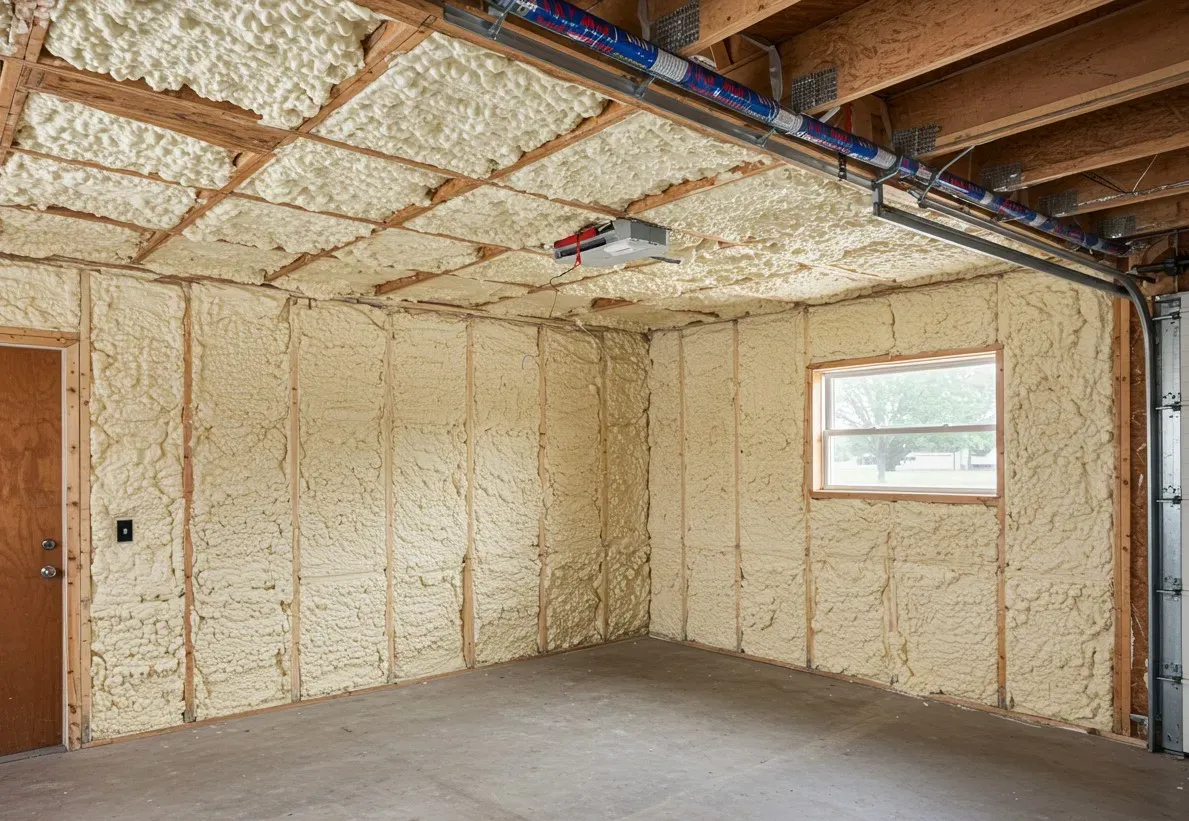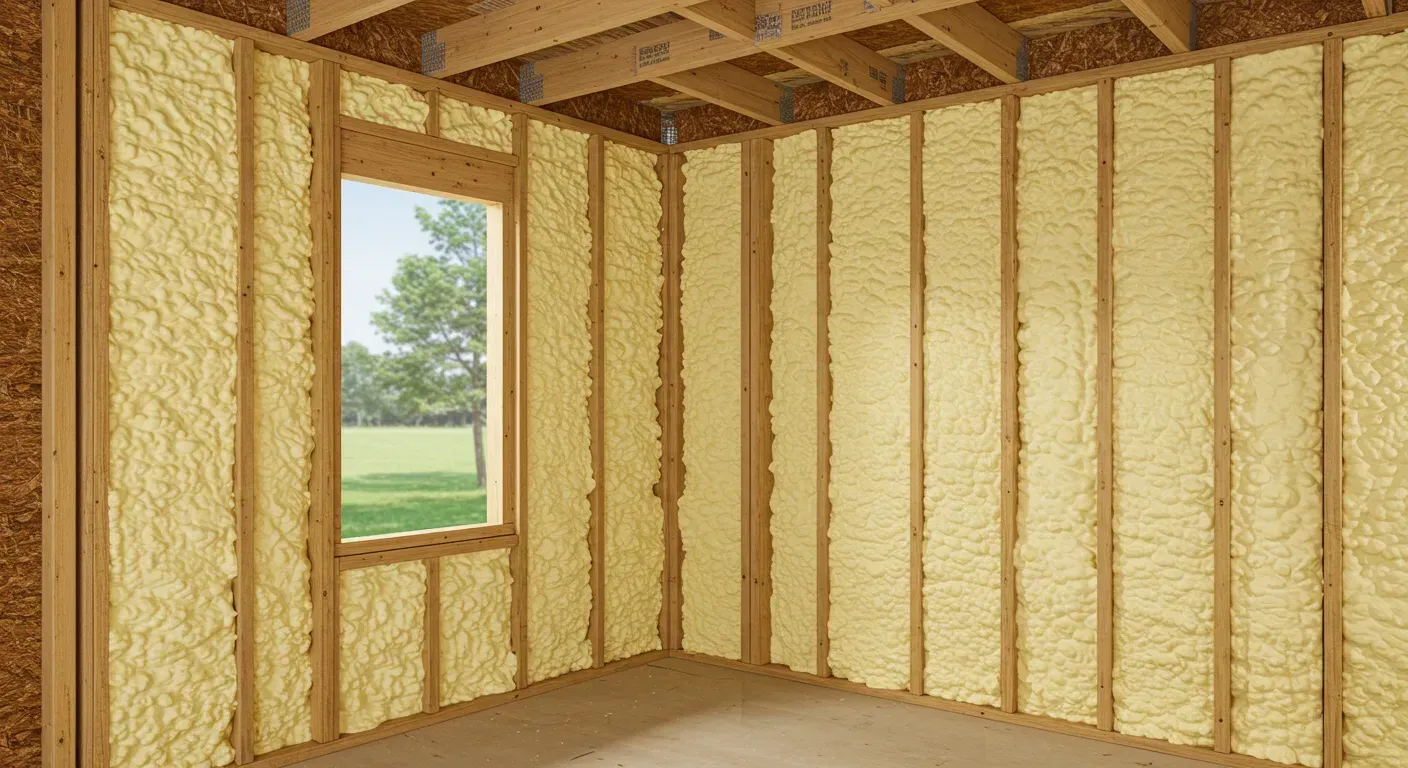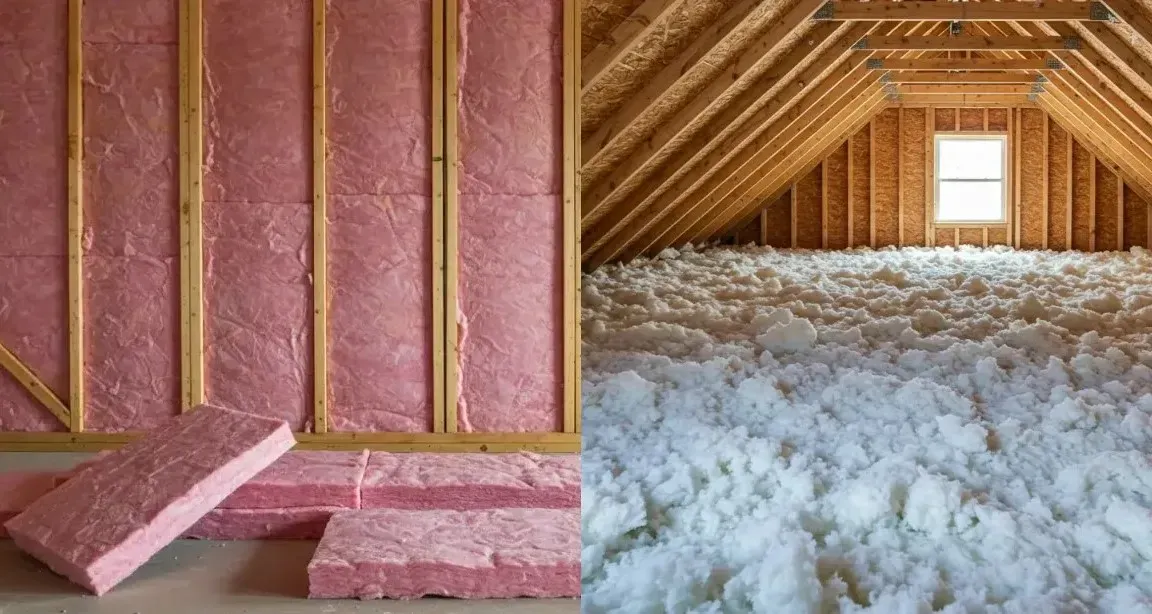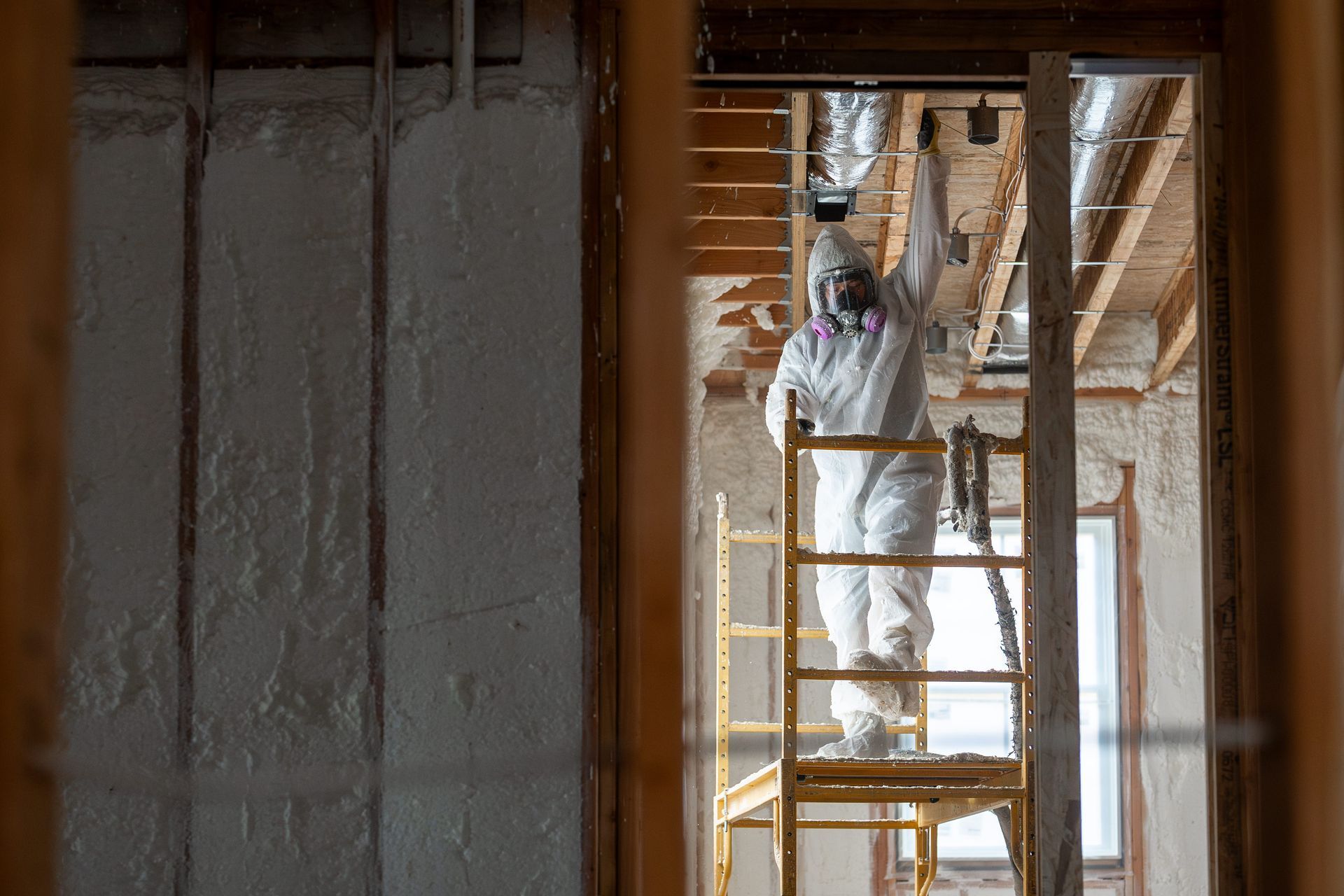Why Proper Concrete Void Filling is Essential for Long-Term Structural Stability
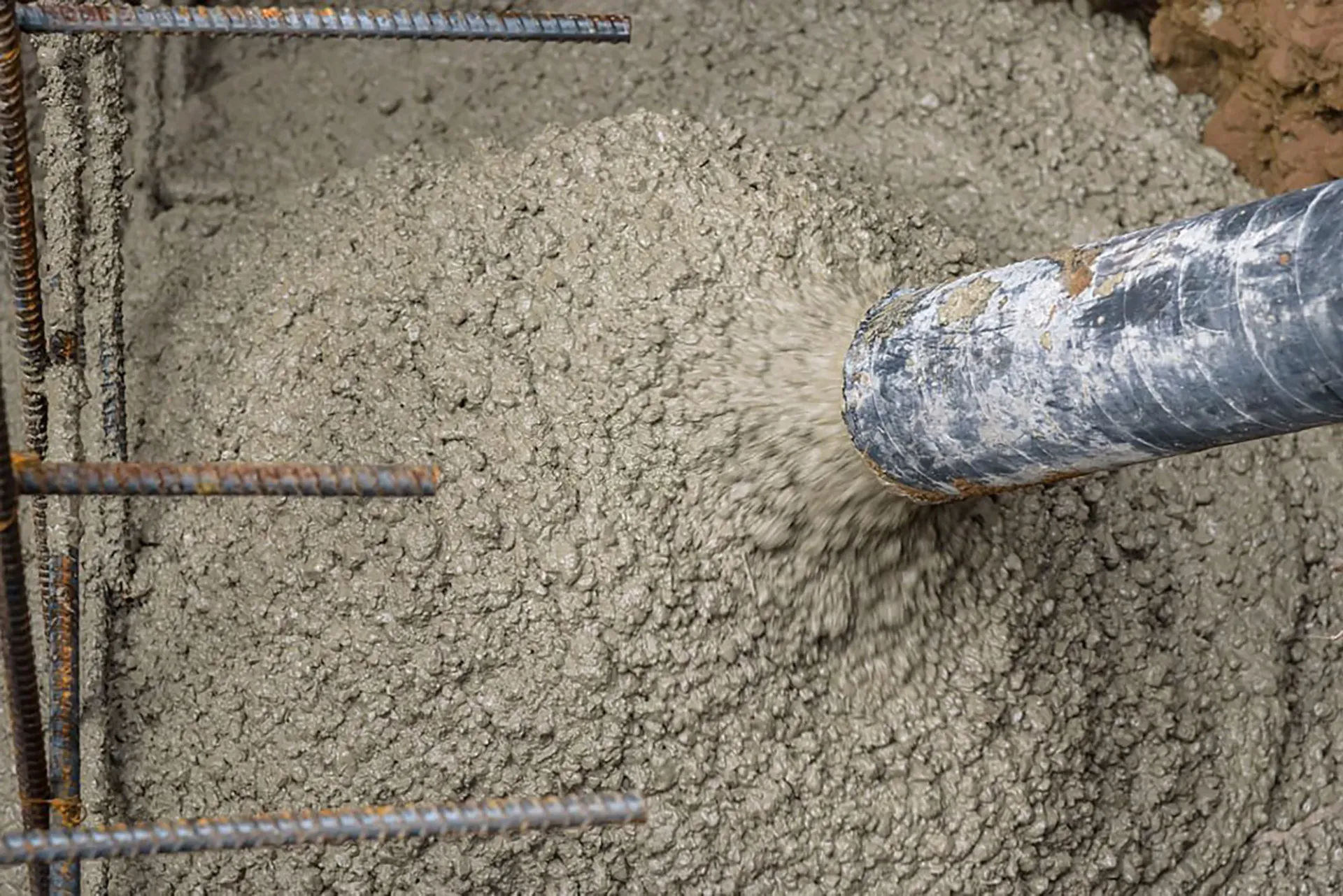
Understanding Concrete Voids and Their Impact
Concrete voids form when gaps or air pockets develop beneath or within a concrete structure. These voids can be caused by soil erosion, poor compaction, water infiltration, or natural settling over time. If left unaddressed, voids compromise the structural integrity of concrete surfaces, leading to cracks, sinking, or complete failure.
Maintaining a stable foundation is critical for driveways, sidewalks, parking lots, and building slabs. Filling these voids properly ensures longevity, safety, and cost savings by preventing extensive repairs in the future.
Causes of Concrete Voids
1. Soil Erosion
Water runoff and poor drainage systems gradually wash away the soil underneath concrete, creating empty spaces that weaken the foundation. This is especially common in areas with heavy rainfall or improper grading.
2. Poor Compaction During Construction
When soil is not compacted adequately before pouring concrete, air pockets remain. Over time, these pockets can collapse, causing the concrete to settle unevenly.
3. Water Infiltration
Leaking pipes, excessive moisture, or underground water sources can erode soil, creating hidden voids beneath slabs and pavement.
4. Natural Ground Settling
As time passes, the ground beneath a structure may shift due to environmental factors. This movement can leave gaps beneath concrete slabs, making them susceptible to cracking and sinking.
Consequences of Unfilled Voids
1. Structural Instability
Voids undermine the load-bearing capacity of concrete surfaces, leading to hazardous conditions. Buildings, bridges, roads, and sidewalks with unfilled gaps may eventually experience severe structural damage.
2. Safety Hazards
Uneven concrete surfaces pose trip-and-fall risks, especially in high-traffic areas. Sinking driveways and sidewalks create liability concerns for property owners.
3. Accelerated Wear and Tear
Concrete surfaces under stress from unfilled voids develop cracks and fractures. These imperfections worsen over time due to exposure to weather, traffic, and shifting weight loads.
4. Increased Repair Costs
Delaying void filling leads to more extensive damage, requiring expensive slab replacements rather than simple injections or leveling procedures.
Effective Solutions for Filling Concrete Voids
1. Polyurethane Foam Injection
This method involves injecting expanding polyurethane foam into voids. The foam fills the gaps, hardens, and provides durable support to the structure. Polyurethane injection is widely used due to its quick application, lightweight nature, and long-lasting results.
2. Mudjacking (Slabjacking)
Mudjacking uses a slurry mixture of cement, sand, and water to lift and stabilize sunken concrete. This traditional method is effective for larger voids, though it is heavier than polyurethane foam and may require more curing time.
3. Cementitious Grouting
This technique involves pumping cement-based grout into voids, solidifying the underlying foundation. It is commonly used for large infrastructure projects where high-strength support is required.
4. Epoxy Injection
For structural cracks within concrete, epoxy injection restores integrity by bonding fractured sections together. This method is particularly effective in stabilizing buildings and bridges.
Choosing the Right Void Filling Method
Selecting the best solution depends on factors such as the size of the void, soil conditions, weight-bearing requirements, and the urgency of the repair. Polyurethane foam injection is often preferred for its rapid results, while mudjacking and cementitious grouting provide cost-effective solutions for larger areas.
Why Timely Void Filling Matters
Ignoring voids can lead to irreversible damage, requiring complete slab replacements. By addressing these issues early, property owners extend the life of their concrete structures and avoid unnecessary expenses.
Protect Your Investment with Professional Void Filling
On the Mark Spray Foam specializes in high-quality polyurethane foam injection for concrete stabilization. Our expert team ensures precise void filling to restore strength and durability to driveways, sidewalks, foundations, and commercial surfaces. Contact us at (813) 921-0444 or email info@onthemarksprayfoam.net for a consultation.
FAQs
1. How do I know if my concrete has voids underneath?
Signs include cracks, sinking areas, uneven surfaces, and hollow sounds when tapped.
2. How long does polyurethane foam injection last?
Polyurethane foam provides long-term stability, often lasting decades without degradation.
3. Is mudjacking better than polyurethane foam injection?
Mudjacking is effective for large areas, but polyurethane foam is lighter, more durable, and cures faster.
4. Can I fill concrete voids myself?
While DIY solutions exist, professional services ensure proper filling, preventing further issues.
5. How much does void filling cost?
Costs vary depending on the size and method used. Contact On the Mark Spray Foam for an estimate.
6. Will void filling prevent future sinking?
Yes, proper void filling stabilizes the structure and minimizes future settlement risks.
7. Is polyurethane foam safe for the environment?
Yes, modern polyurethane foams are environmentally safe and designed for minimal impact.
8. How quickly can void filling be completed?
Most jobs are completed in a few hours with minimal disruption.
9. What types of concrete surfaces can be repaired?
Void filling works for sidewalks, driveways, parking lots, building foundations, and more.
10. Does insurance cover concrete void filling?
Coverage varies; check with your insurance provider to determine eligibility.
